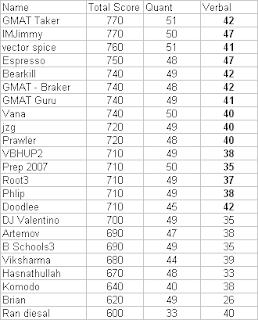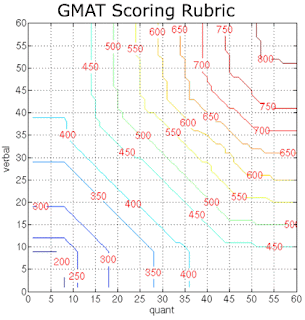A. Interviews!!
Some schools interview all applicants who apply while others screen through the application packages and invite applicants for an interview. All good schools interview admitted students though so if you are aiming for the top 100 schools you will probably have to face the ad com.
Getting an interview invite indicates that the school is interested enough in you for the ad com to invest time and money to interview you. That's great news!
An interview though isn't a make or break deal. Often times, a good interview isn't a guarantee that an admit will be forthcoming. Likewise, if your nerves were all over the place during the interview, don't lose hope! Most of the time, schools look at the entire application package and the competitiveness of the next intake before making a decision.
An MBA admissions interview is like any other job interview. You need to prepare for it and thankfully, the internet is a tome of information for those who are interested in big US and European schools. One very useful resource is ClearAdmit's blog. You can also surf through forums (PagalGuy and GMATClub are very supportive and active communities) and plow through every Google result.
Besides the online resources above, here are some of my observations and strategies:-
- Prepare yourself for the interview by selecting a few 'experiences' that you have and weave a theme around those experience (e.g. led new team, leadership; restructured IT policies, conflict resolution; etc.)
- Understand the school's culture. If the school is big on leadership, expect to have some questions. If it's internationalism or diversity, highlight any 'cross cultural' work you've done.
- Read the school brochure, talk to their marketing people, hit every link on the school's website. The worse thing that you can do is to turn up for the interview and know zilch about the school.
- Be clear on your goals and why you want to do the MBA now.
- Prepare a short informal introduction of yourself
- Be prepared to address any gaps in your application (low undergrad scores, frequent career change etc.)
- Lastly, stay calm and tell yourself it's a conversation where both parties are mutually engaged.
Happy holidays :)
















